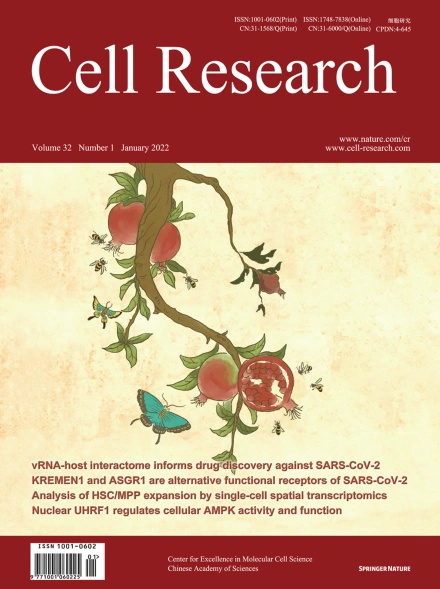
Advanced Search
Submit Manuscript
Advanced Search
Submit Manuscript
Volume 32, No 1, Jan 2022
ISSN: 1001-0602
EISSN: 1748-7838 2018
impact factor 17.848*
(Clarivate Analytics, 2019)
Volume 32 Issue 1, January 2022: 107-109 |
Humoral immunogenicity and reactogenicity of CoronaVac or ZF2001 booster after two doses of inactivated vaccine
Yunlong Cao1,2,3,†,* , Xiaohua Hao4,† , Xi Wang4,5,† , Qianhui Wu6,† , Rui Song4 , Dong Zhao4 , Weiliang Song2,7 , Yao Wang1,2 , Ayijiang Yisimayi2,7 , Wei Wang4,6 , Juan Du1,2,3,4,5,6,7,8,9 , Hongjie Yu6,8,9,* , Xiaoliang Sunney Xie1,2,3,7,* , Ronghua Jin1,4,5,*
1Changping Laboratory, Beijing, ChinaDear Editor,
COVID-19 vaccination campaigns are being conducted in countries worldwide, and 47.4% of the world population has received at least one dose of a COVID-19 vaccine.1 Although vaccination has shaped COVID-19 epidemic curves, waning antibody levels and relatively short-duration protection provided by current COVID-19 vaccines have been observed, especially against SARS-CoV-2 variants of concern (VOCs) and among older individuals.2 Booster dose programs have been started in nearly 50 countries, and preliminary evaluation shows that the additional doses reduce breakthrough infections and numbers of symptomatic cases.1,3 The World Health Organization now recommends that for Sinovac and Sinopharm inactivated vaccines, immunization programs should offer an additional (third) dose of the homologous vaccine for people 60 years and older as part of an extended primary series, and that heterologous platforms vaccine for the additional dose may also be considered based on vaccine supply and access considerations. Interim results from heterologous prime-boost studies showed that boosting with heterologous platform vaccines could induce significantly higher titers of neutralizing antibodies and better cellular immunity, providing evidence for programmatic consideration of an alternative to homologous boosting.4
https://doi.org/10.1038/s41422-021-00596-5